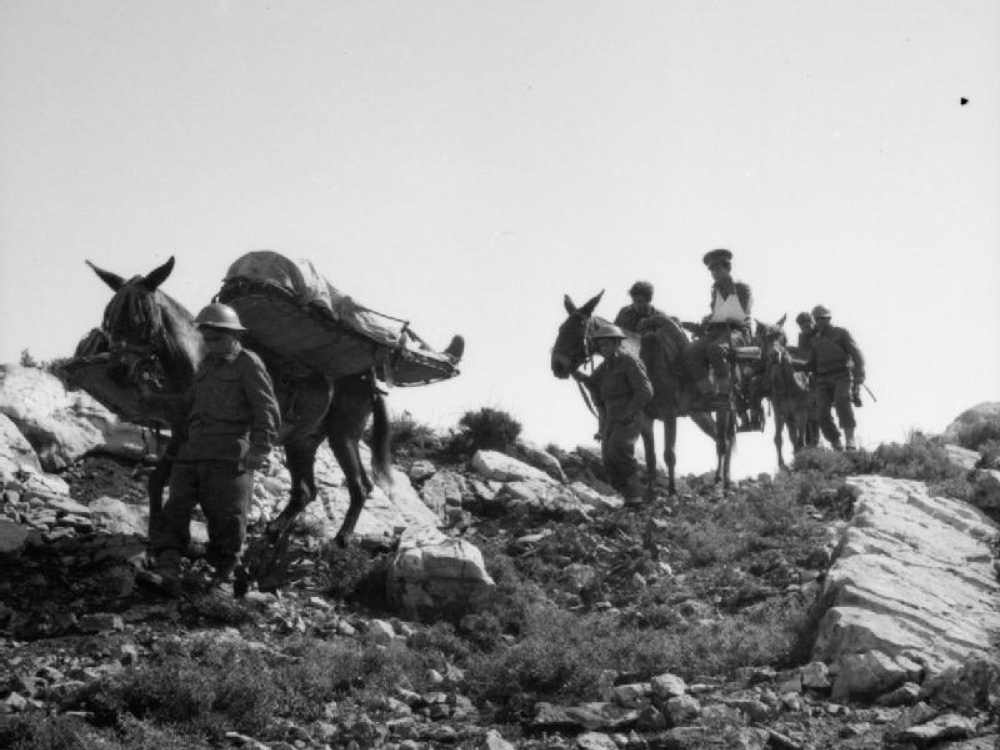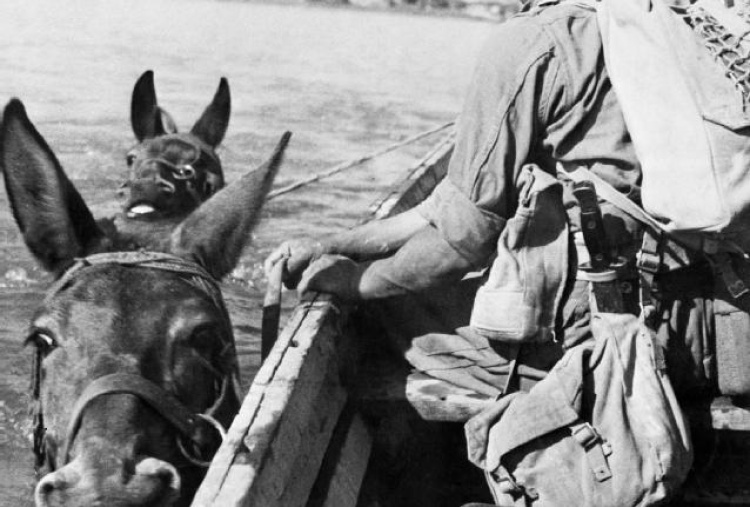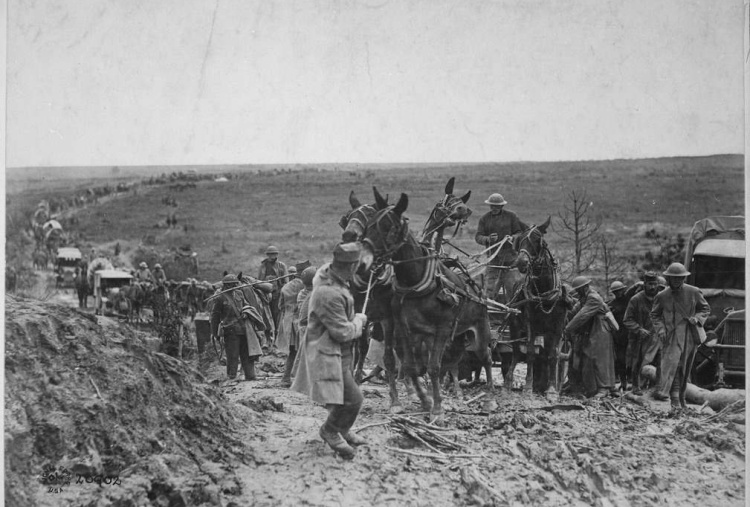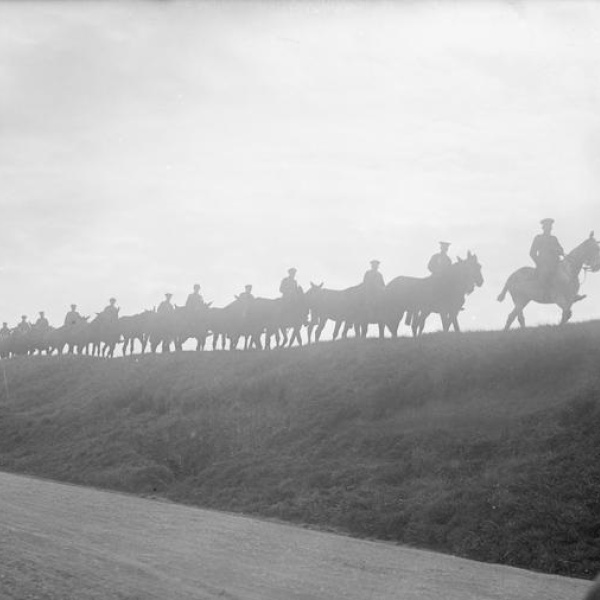As we pay our respects to those fallen in times of war, we look back to the mules, donkeys and horses that went into battle with British troops and often sacrificed their lives alongside them.
World War One: Walking in the hoof prints of fallen warhorses
At the beginning of the First World War, the British Army owned just 25,000 horses. Nowhere near the amount they would require on the front line, they purchased or conscripted another 165,000. Sadly, the horses did not fare well: hundreds of thousands lost their lives within a few weeks.
Both at home and in war, donkeys and mules were called upon to pick up the shortfall in horses. Given the sheer number of horses transported to the front line, donkeys were called on to sustain labouring and agricultural industries at home in Great Britain.
On the front lines, the British turned to the mule to carry out the work of warhorses that had died. By the end of the First World War, the British Army owned around 250,000 mules.

Mules in the war effort
Using mules in place of horses was not plain-sailing for British troops; a lack of understanding of the mules' temperament, and their need for patience and trust, caused problems for both mules and men in the early days. Thankfully, it was not long before many individuals learnt to work well with the mule, becoming known as 'the muleteers'.
The mens' 'long-eared charges' soon became revered for their physical and mental strength in the most testing of conditions. Respect for mules was paramount when working with them, giving rise to a war-time saying: "The men that began to work with mules either began to work with patience or trust or they ended up in the field hospital."
Mules carried food, weaponry, and other much-needed supplies on the front line. If frightened, a mule will rarely bolt or panic like a horse; they will more likely study the situation before responding. It became common knowledge that if you wanted your cargo to be safe, then the best place to have it was on the back of a mule.

Lest we forget
Living cheek-to-cheek in the direst of circumstances, the soldiers and their mules developed a great respect for one another.
"My life, and that of the regiment, was saved by our mules. We were so dependent upon them to deliver the goods of war. They survived terrible, wet battle conditions, better than the horses. I have worked with mules, donkeys, and horses, but be assured that the mule will be going long after the others have given up. Even upon reduced rations, mules didn't fall sick and were incredibly brave under fire." Anonymous, WWI veteran.
Perhaps one of the most important things that mules gave their soldiers was companionship. They were a friend who didn't answer back, didn't judge, and listened to many a desperate tale. What better companion for the darkest of days?

World War Two: Turning to a trusted ally
On 1 September 1939, the world plunged into another six years of warfare. As men marched to war, large numbers of mules went alongside them.
Despite the mechanisation of the British Army in World War Two, mules still played an essential part in conflict areas that were inaccessible by vehicles. Mules were invaluable as pack animals and could cover great distances that were impossible for vehicles to traverse.
They played an essential role in the mountains of Italy, the jungles of Burma and other battlegrounds. They helped to pull artillery and to transport supplies to the troops who needed them.

Prized and protected
Ben Hart, Senior Lead of Behaviour and Human Behaviour Change at The Donkey Sanctuary, says: "It is almost impossible to convey in such a short piece the true contribution of these creatures to the struggles of man.
"They were flown in gliders to front lines of the Fight in Asia and even parachuted out of Dakota aircraft when it was found they could be ready to be loaded within 15-20 minutes of being dropped.
"They were so prized that sick or injured mules were often flown out from behind enemy lines for treatment."
The animals were vital in providing British soldiers with food, weaponry and retrieving the injured and dead from the battlefield.
However, it was not just these sacrifices on the front line that made these mules so valuable. After agricultural vehicles had been requisitioned and petrol had been rationed, mules and donkeys played a pivotal role in feeding the nation, helping to till the fields and deliver produce.
These hardworking animals would pull the ploughs and work machinery to ensure farming carried on.



Remember fallen equines of the past...
...by supporting mules and donkeys in need today.
